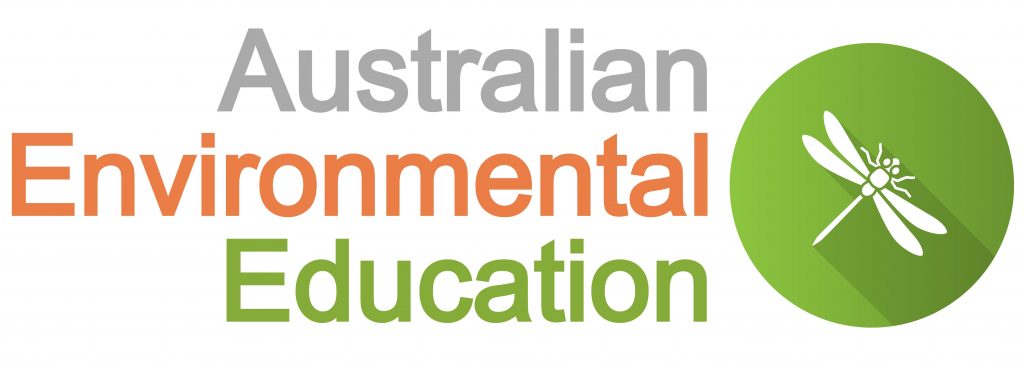Sometimes we don’t see the animals that live all around us. Keep and eye out for scats (poo), tracks (footprints) and other traces that can help you discover the amazing animals that live near you.
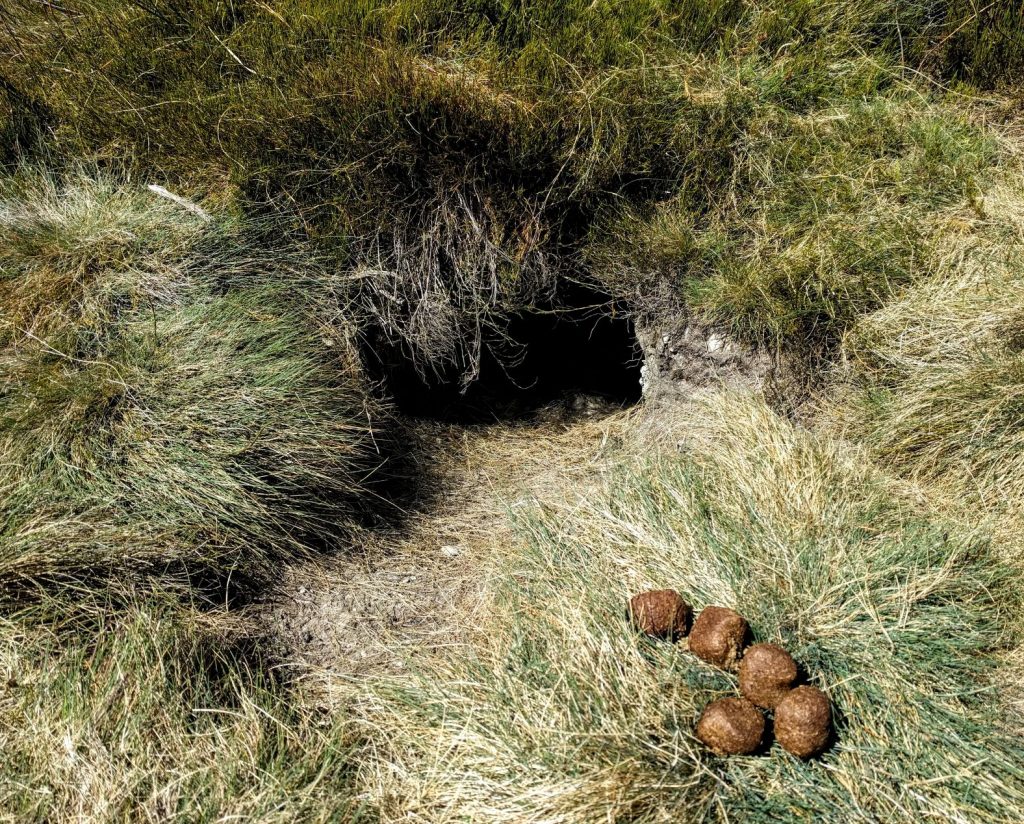
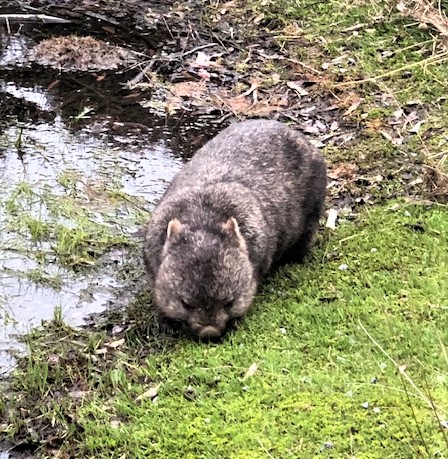
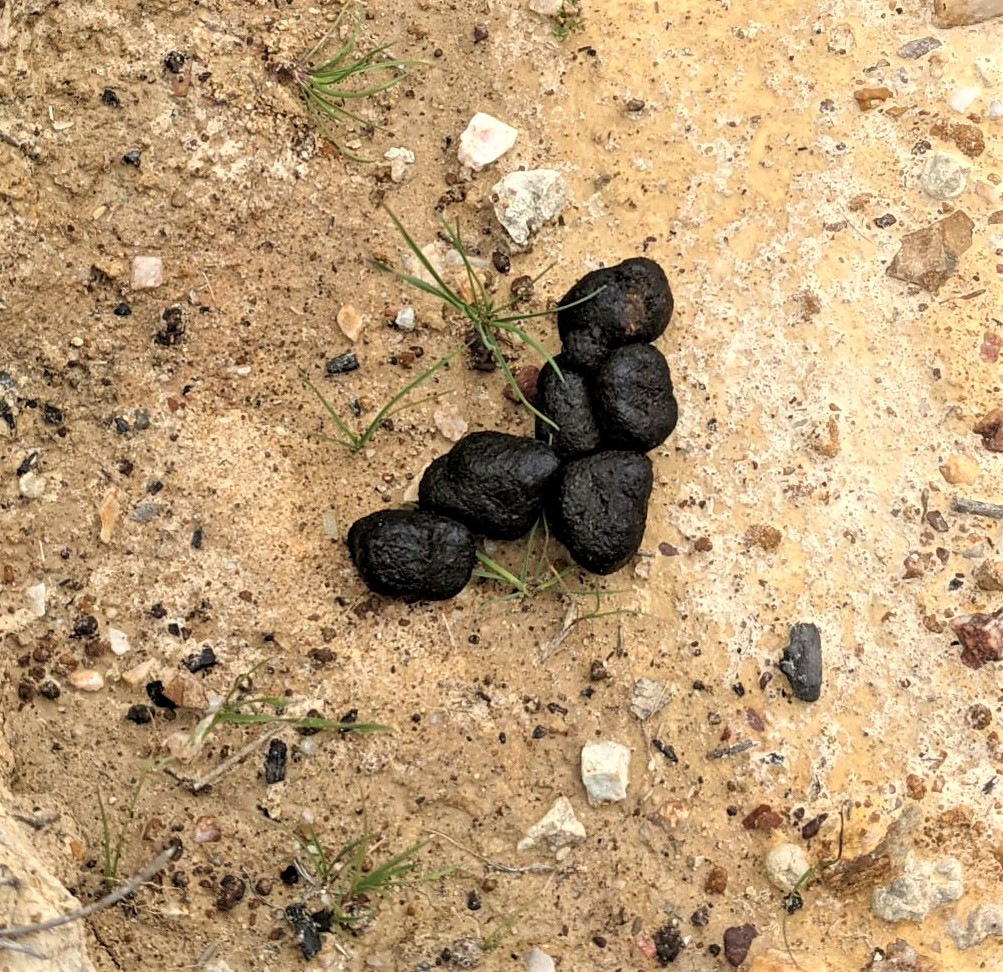
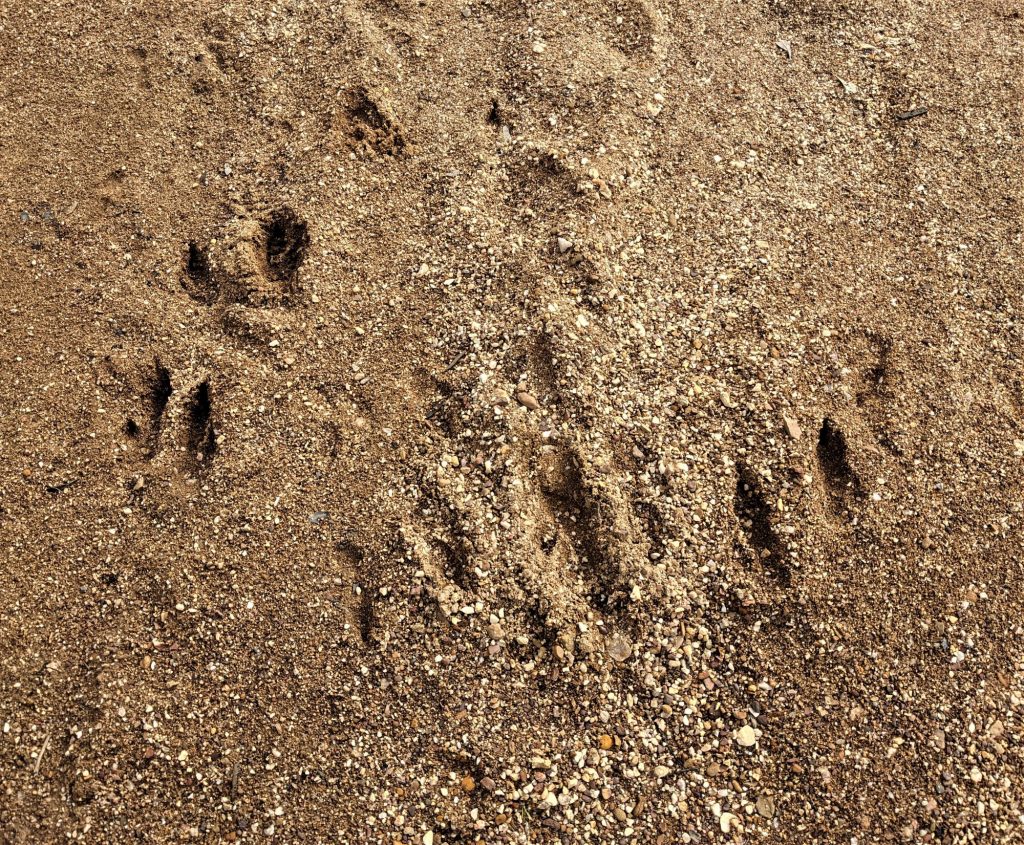
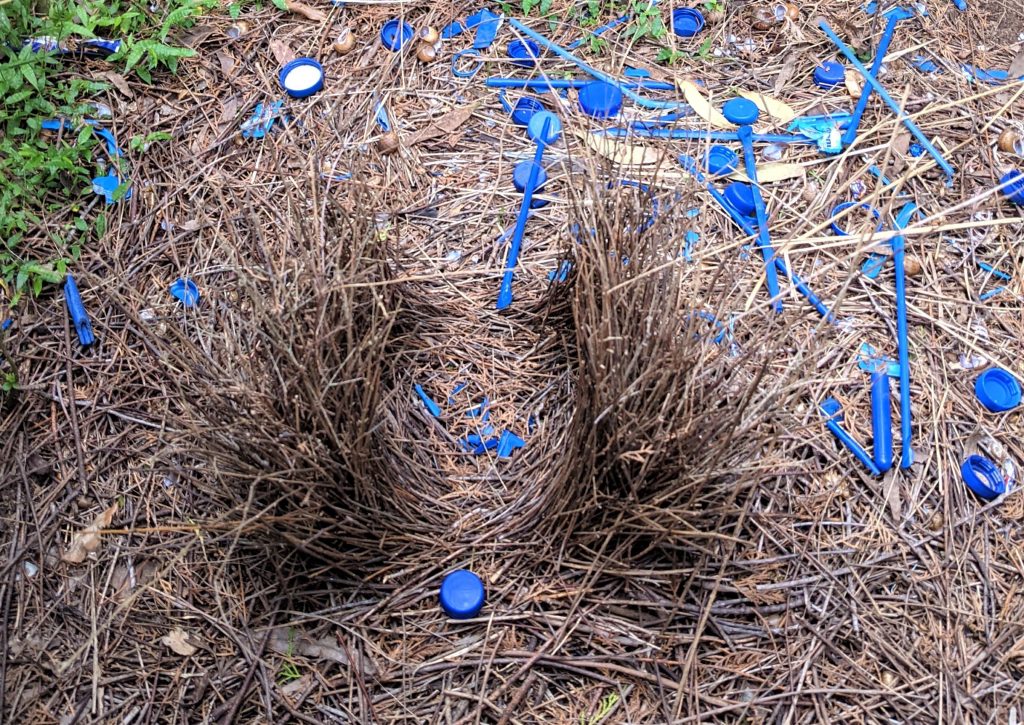
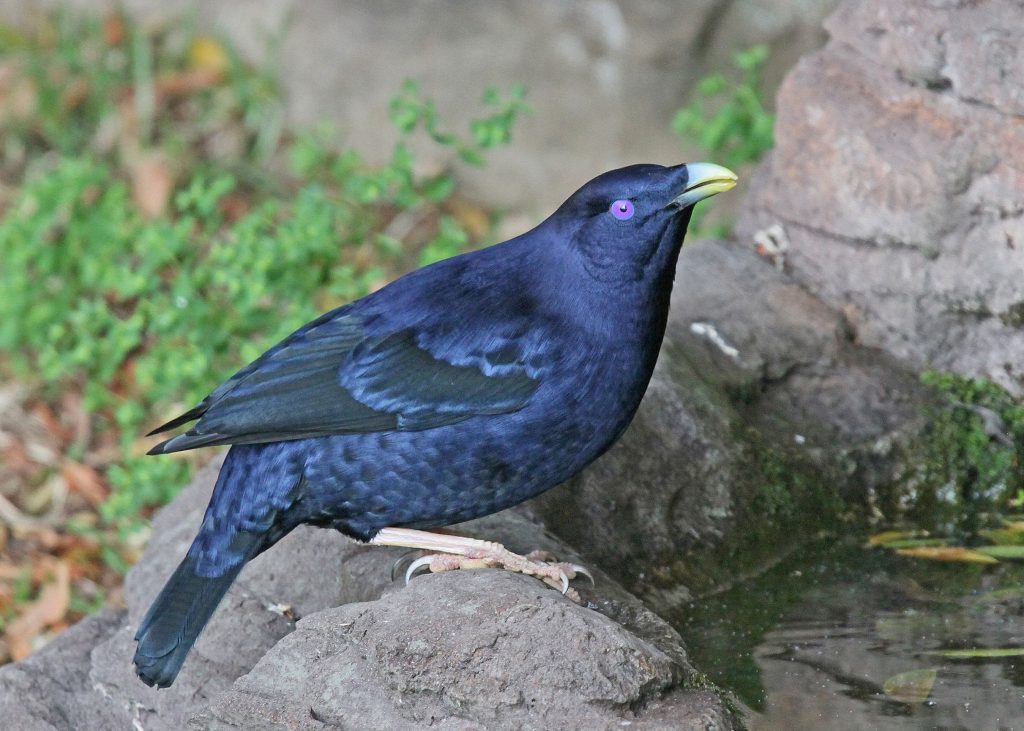
Not all bird nests are as iconic as the Satin Bowerbirds with the males displaying a variety of blue objects to impress the females. The satin bowerbird is common in rainforests and tall wet forests in eastern Australia southern Queensland to Victoria.
We can’t often see the remarkable diversity of insect life in our gardens. Sometimes the marks and blemishes on leaves to identify which insect many be around.
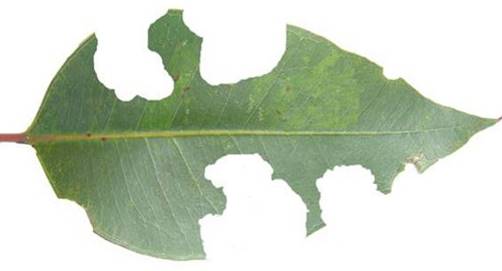
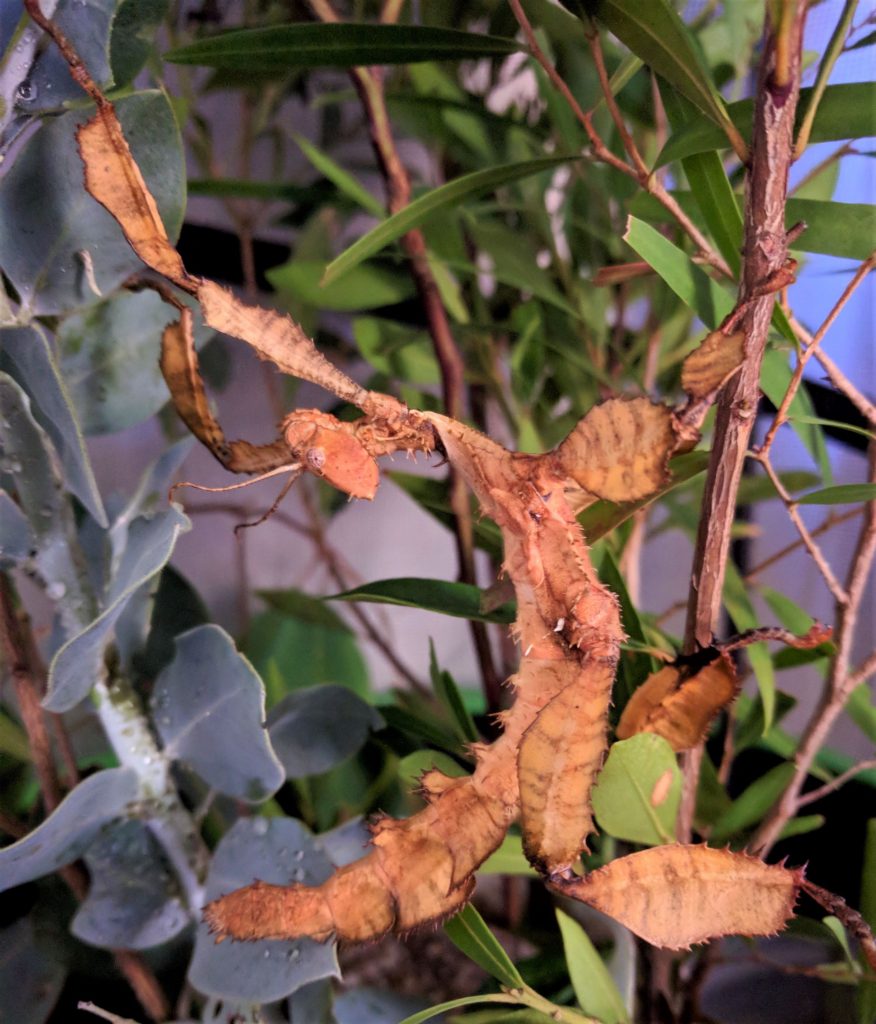
There are lots of herbivores in your backyard that will take a munch out of the leaves in your garden. Stick Insects and Caterpillars are a couple of examples.
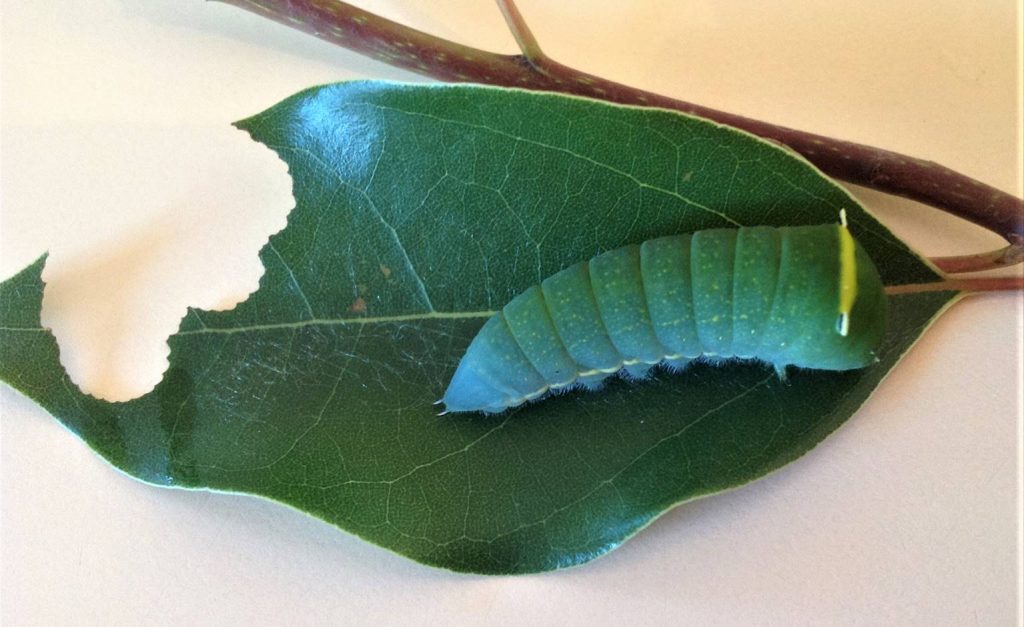
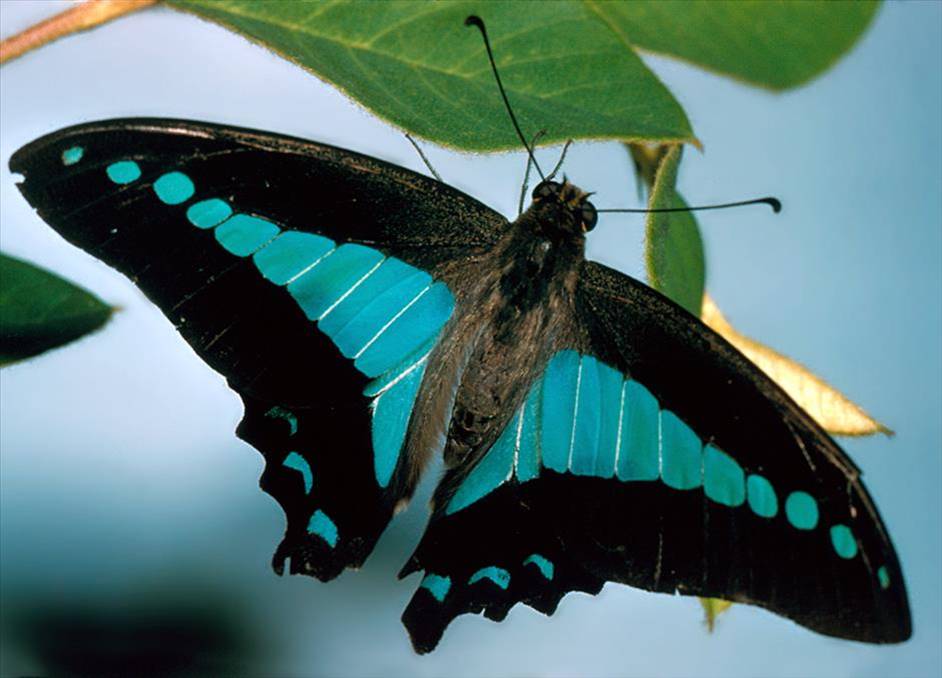

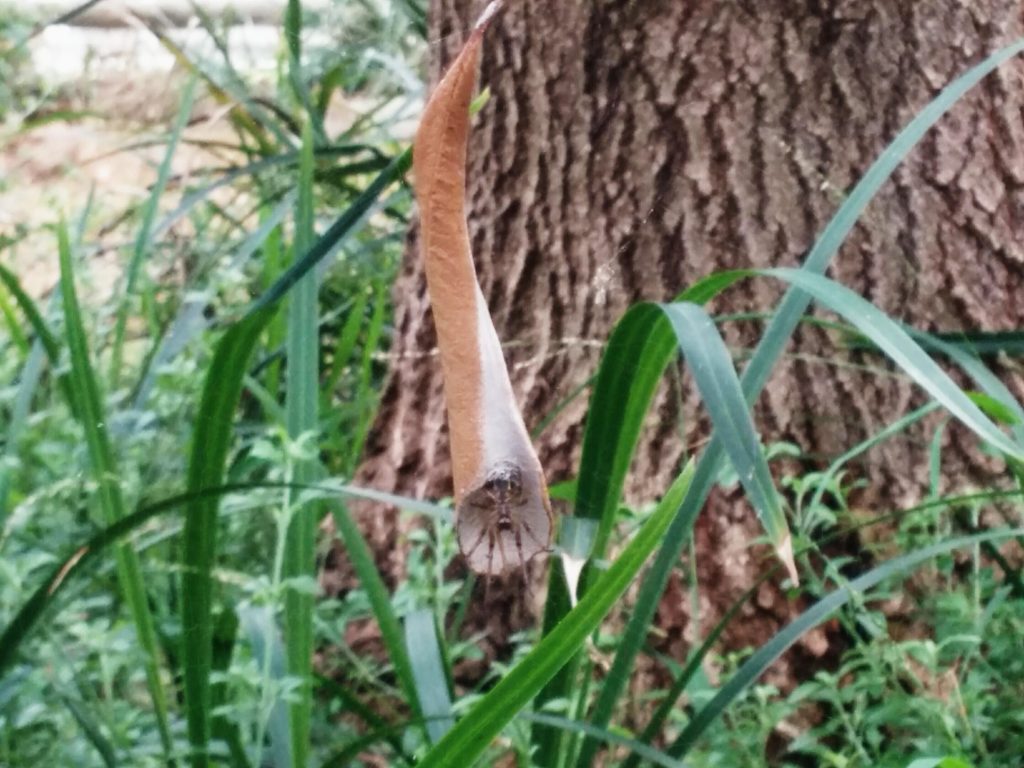
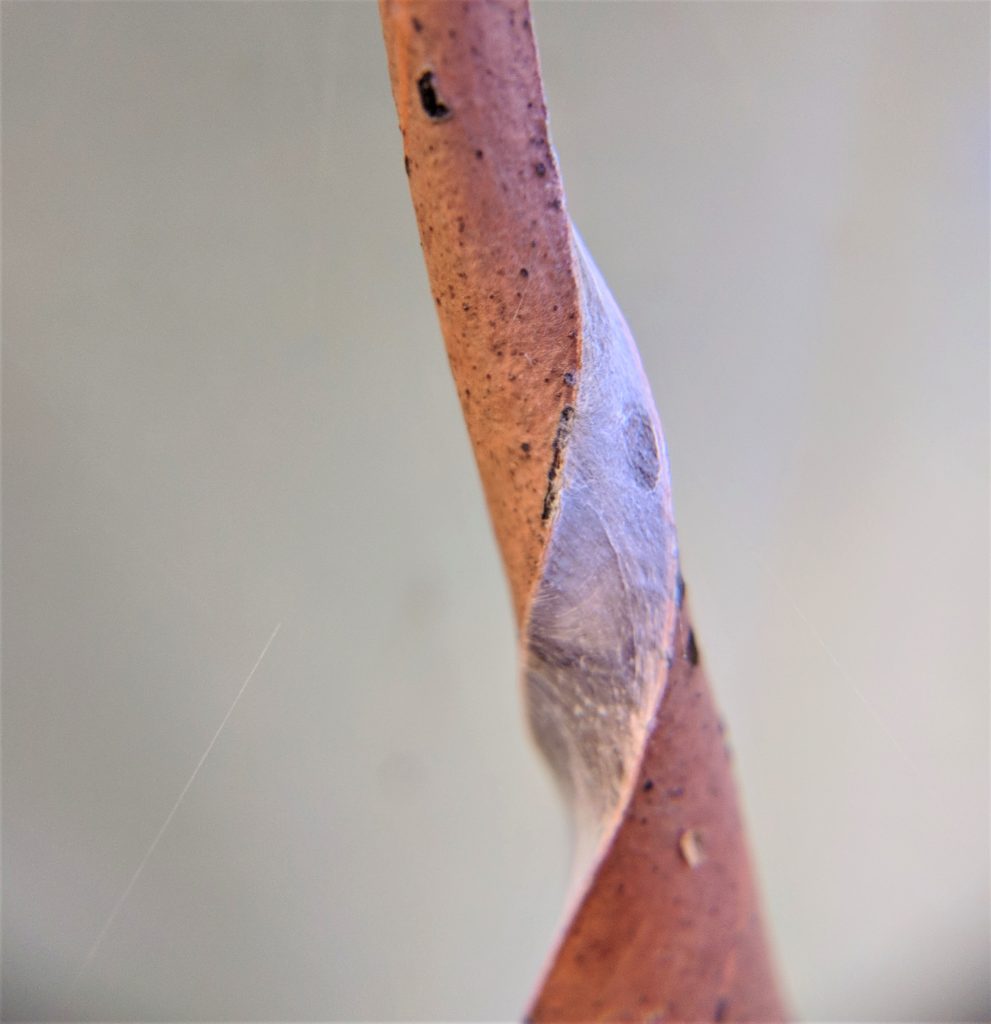
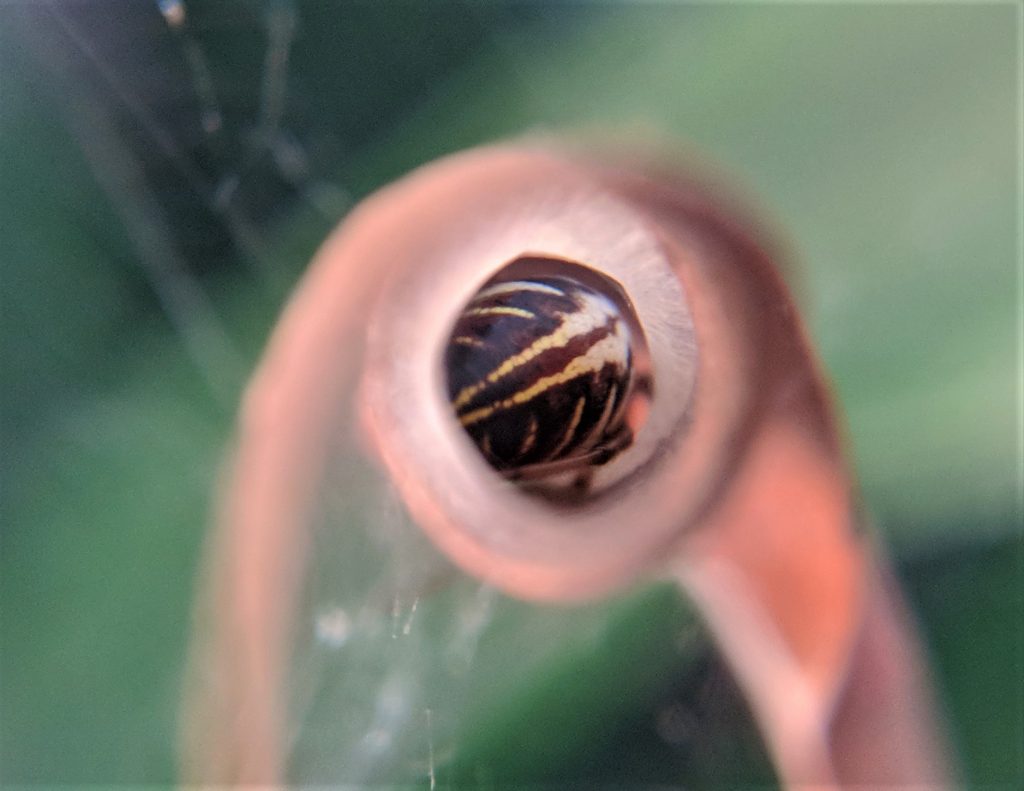
Try the Web2spider Toolkit is designed to monitor the abundance and diversity of spiders.
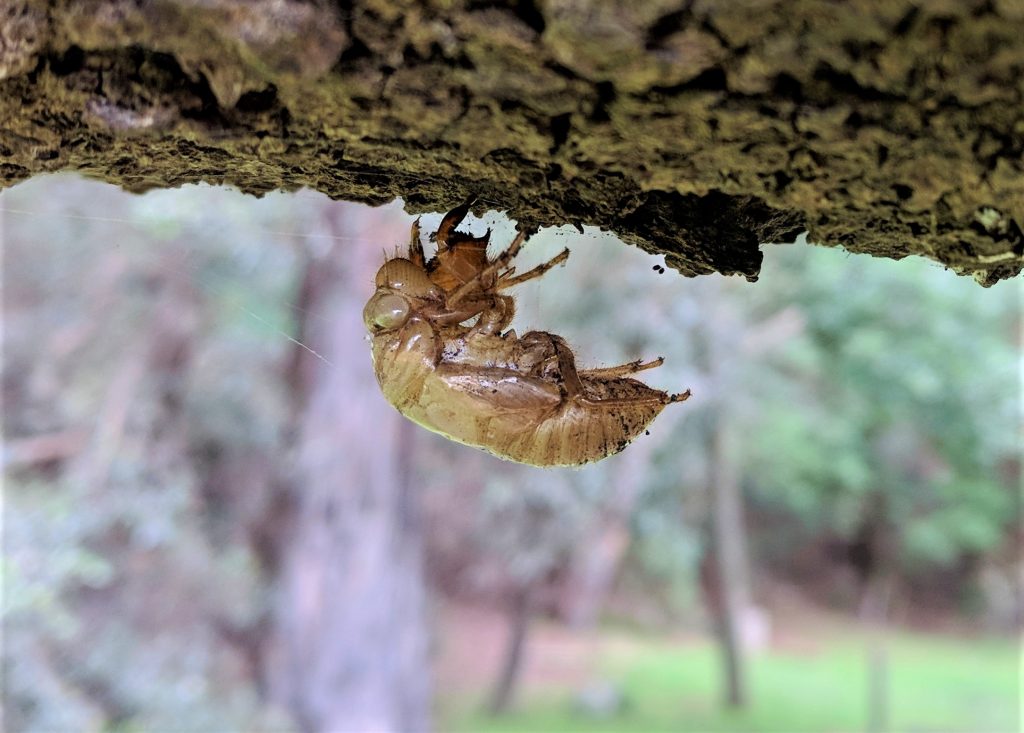
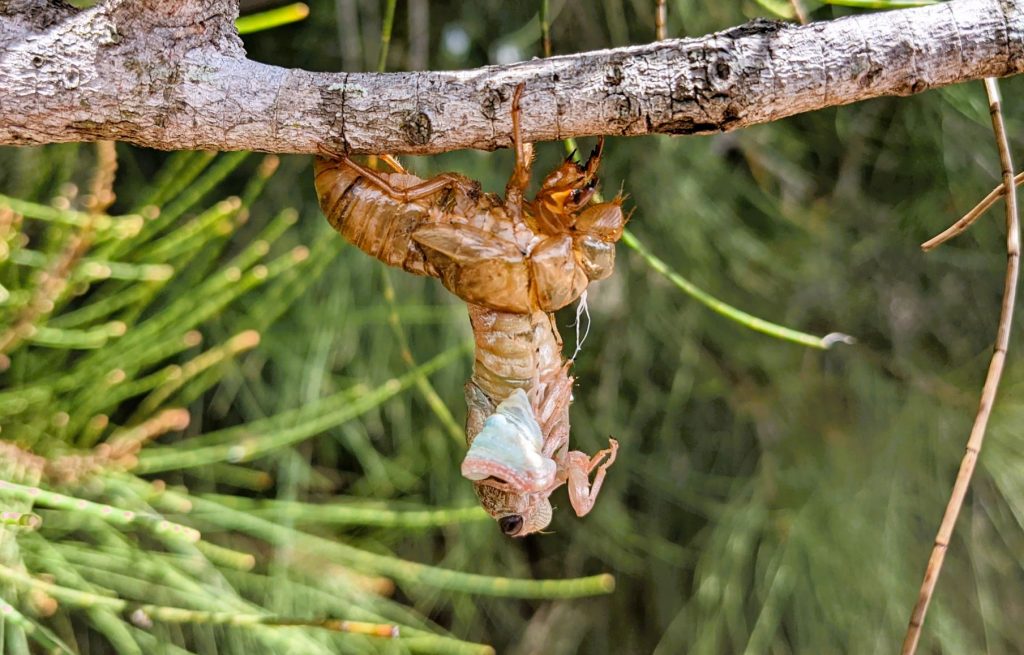
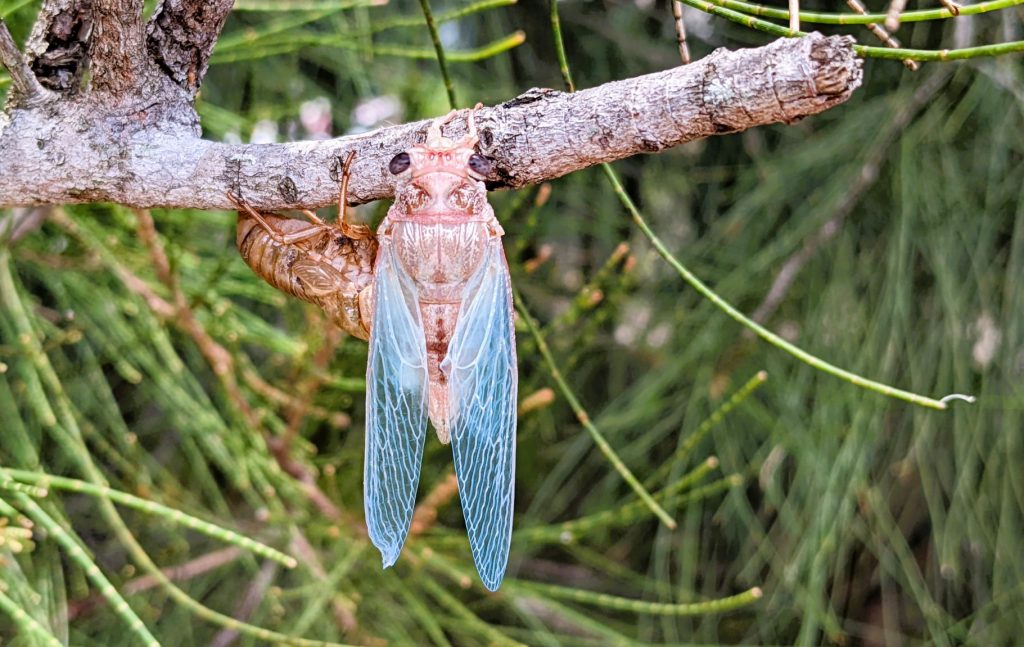
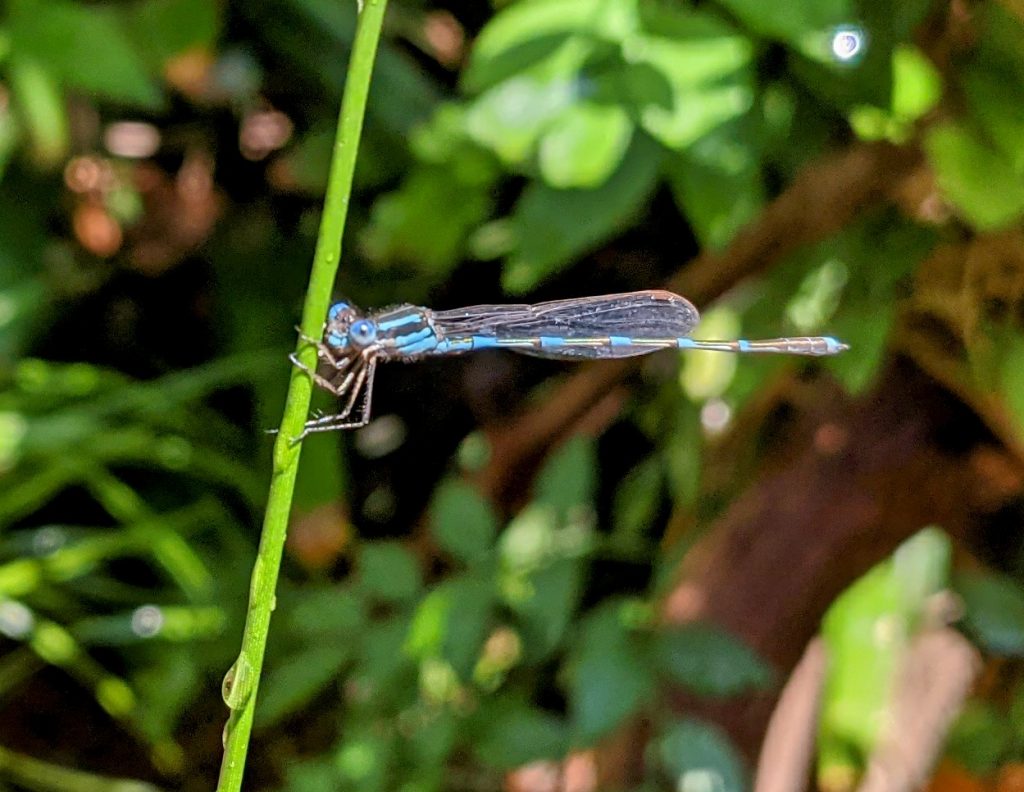
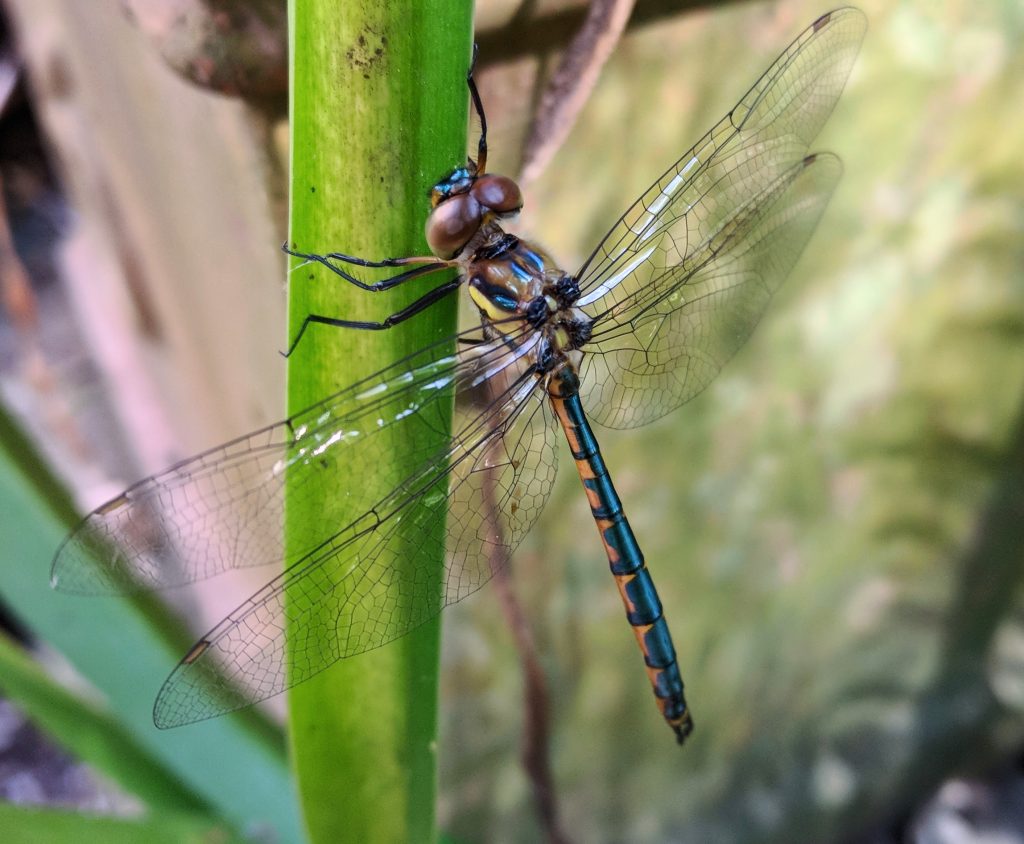
Find out more with the Looking for Clues video
Find out what else you can do to create a wildlife friendly backyard with the What’s in your Backyard activity series.
